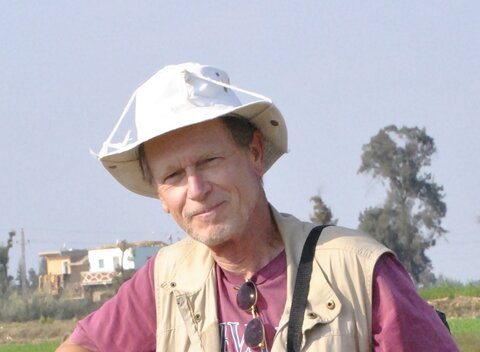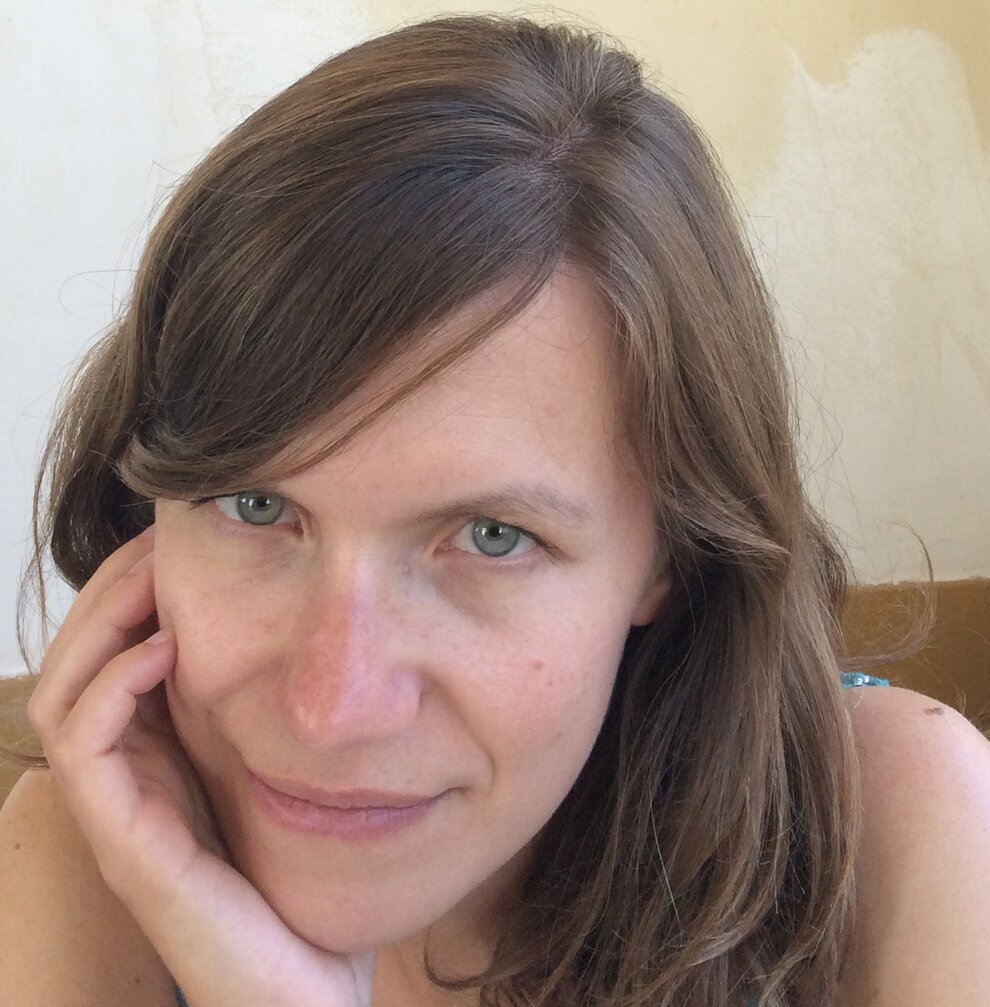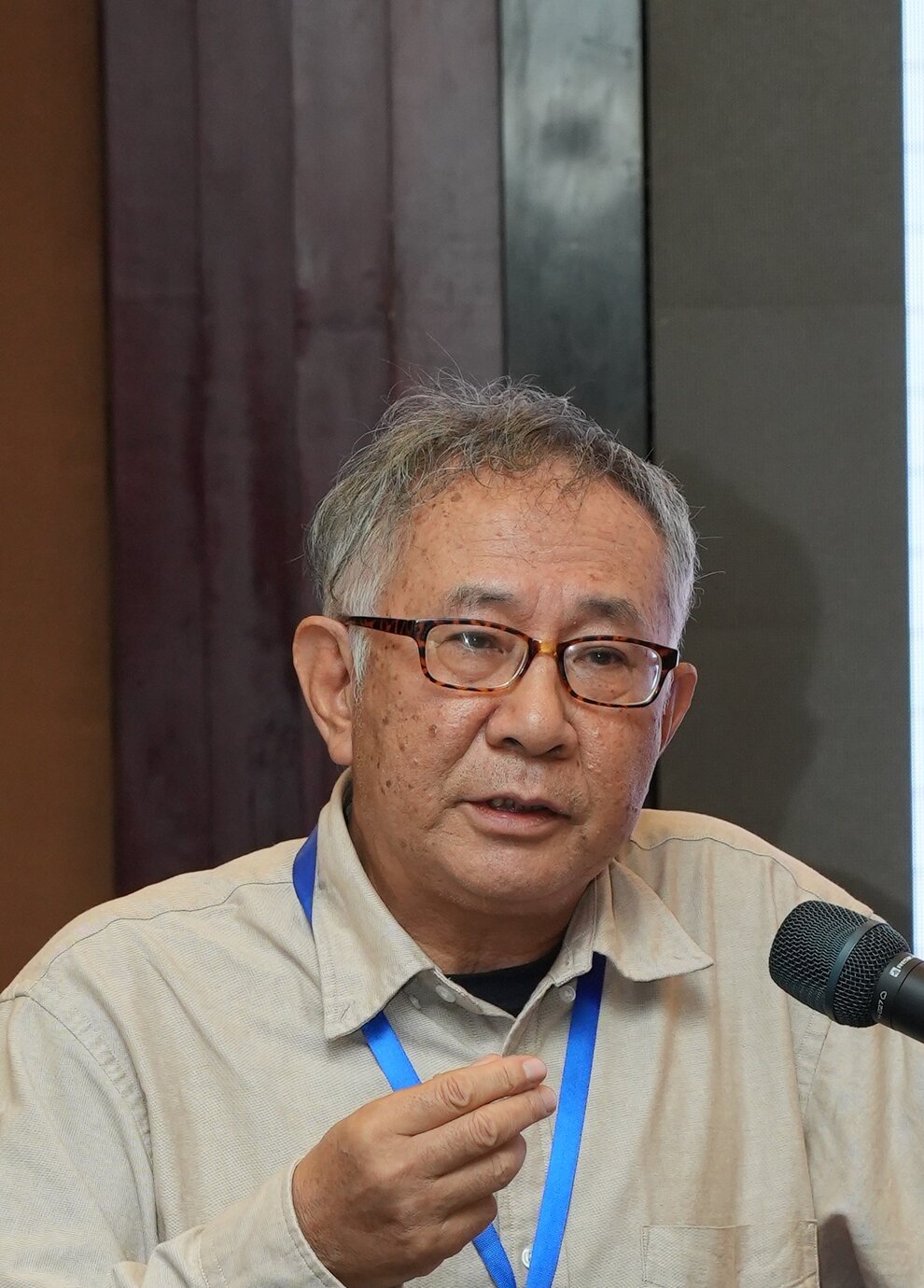Manfred Bietak


Manfred Bietak is the Founding Director of the Austrian Archaeological Institute (ÖAI) in Cairo (1973–2009); Chair Professor of Egyptology at the University of Vienna (1989–2009); Director of the Vienna Institute for Archaeological Science (2003–2011); Chairman of the Commission for Egypt and the Levant at the Austrian Academy of Sciences (ÖAW) (1993–2013); Director of the Special Research Programme (SFB) SCIEM 2000 (FWF) at the ÖAW (1999–2011); and Principal Investigator of the ERC Advanced Grant Hyksos Enigma (2016–2021).
He has held visiting professorships at institutions such as the Collège de France (1997, 2006), Harvard University (2004), and has been a member of several academies, including the Austrian, Royal Swedish, British, Gothenburg, Accademia dei Lincei, and Polish Academies. He is also affiliated with the Institut de France (AIBL), the Institut d’Égypte, the German Archaeological Institute, the Archaeological Institute of America, and the American Academy of Arts and Sciences.
Professor Bietak has directed over 80 excavation campaigns at sites including Tell el-Dabʿa, Sayala (Nubia), Western Thebes, and Bubastis.
The project
Titles:
- Comparing the cultural-, the language-, the physical-, the genomic- and the isotopic landscape of the Levant 2500-1500 BCE to rewrite the history of this period
- Architecture as Expression of Faith and Origin: Near Eastern Temples and the Spiritual Background of the Hyksos and their Predecessors
"The project seeks to write a new history of the Levant during the Early and Middle Bronze Ages. In addition to known historical sources, it will draw on previously unused data provided by advanced archaeological sciences, in collaboration with natural sciences such as palaeogeography, genomics, and isotope analysis.
The Levant, often dubbed the ‘cradle of history’, has long been home to shifting populations, polities, and cultures. The region experienced dramatic changes between 2500 and 1500 BCE, notably the abrupt end of urban life in the south at the conclusion of Early Bronze Age III (c. 2500 BCE). This was followed by a long interlude characterised by rural and nomadic lifestyles, with urban life not re-emerging until the beginning of the Middle Bronze Age (c. 1950 BCE). In contrast, the northern Levant saw towns flourish between phases of destruction.
To date, the history of the Levant has been documented primarily through textual sources, leaving gaps in our knowledge where records were not preserved or never written."
Hosting institution: Collège de France - CNRS
Selective Bibliography
- 258. “L’architecture sacrée, clef des origines de l’élite Hyksôs”, in: I. Madreiter,R. Rollinger, M. Lang & C. Pappi (eds.), The Intellectual Heritage of the Ancient Near East: Papers Held at the 64th Rencontre Assyriologique and 12th Melammu Symposium, July 16th-20th 2018 in Innsbruck, Sitzungsberichte der Philosophisch-historischen Klasse der Österreichischen Akademie der Wissenschaften 924, Vienna 2023, 137–174.
- 259. “The Timespan of the Hyksos Rule (15th Dynasty)”, in: J. Driessen & T. Fantuzzi (eds.), Chronos: Stratigraphic Analysis, Pottery Seriation and Radiocarbon Dating in Mediterranean Chronology, Actes colloques 26, Louvain 2024: Presses universitaires de Louvain, 57-81. A TALOS workshop, Louvain-la-Neuve, 8-9 December 2022, Aegis 26, Actes colloques 57-81.
- 260. M. Bietak & K. Kohlmeyer, “Der Wettergott von Aleppo und der Doliche Berg: Zum Ursprung des Jupiter Dolichenus-Kultes”, in: Kai Ruffing, Brigitte Truschnegg, Andreas Rudigier, Julian Degen, Sebastian Fink & Kordula Schnegg (eds.), Navigating the Worlds of History: Studies in Honor of Robert Rollinger on the Occasion of his 60th Birthday I-III, Wiesbaden: Harrassowitz 2024, 73-86.
- 261.“17. On the Origin of Multi-statuary Ka-Temples”, in: N. Allon (ed.), Signs of Life: Ancient Egyptian Script, Language, and Writing. Studies in Honour of Orly Goldwasser, MRE 17, Turnhout 2024: Brepolis, 233-250.
- 263. “Why did the Relationship between Egypt and the Minoan World Reach its Zenith in the Era of Hatshepsut and Tuthmosis III? in: N. Marinatos, F. Blakolmer & L. Platon (eds.), Pax Minoica Revisited: New Research on Arthur Evan’s Concept of the Political Expansion of Minoan Crete, CAENL 19, Wiesbaden 2025, 213-251.



Monica Alonso Riveiro

Toon Van Overbeke

Xiaoyang Zhu


